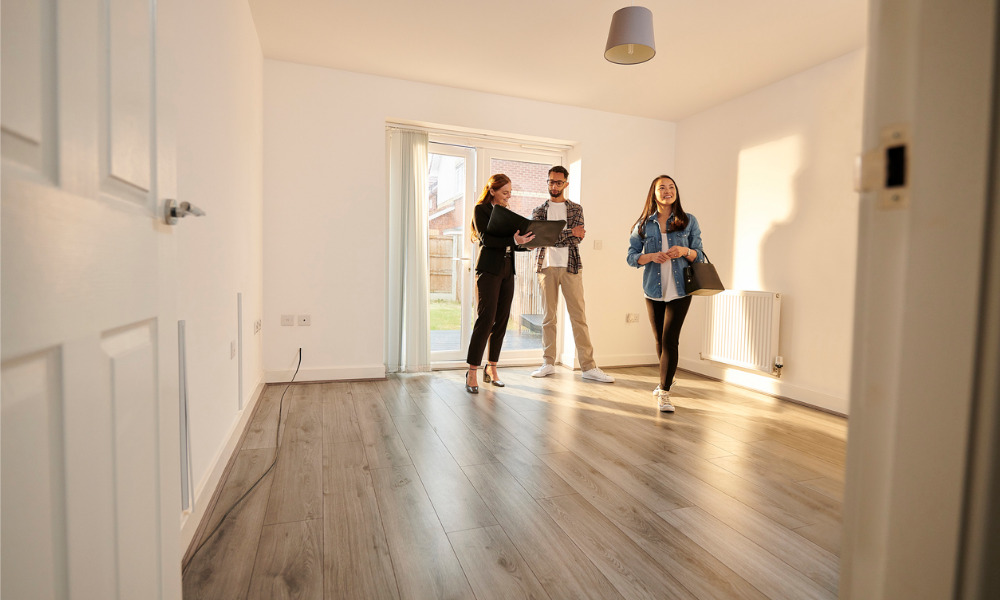The downturn could be over quickly – but home prices could take a long time to hit a new high

While the housing downturn could be over in the next 12 months, prices are predicted to fall sharply in that time as interest rates continue to rise, experts say.
A downturn that ends within 12 months would have a significantly shorter run than in previous cycles, according to a report by The Australian Financial Review. However, the subsequent recovery is forecast to be slower, with years passing before prices hit a new high.
Shane Oliver, chief economist at AMP Capital, said that larger and faster rate rises, high inflation, poor affordability and increasing supply would spur steeper declines in home values over the next six to nine months.
“Our base case is for prices to fall 20% to bottom, assuming the interest rate will peak at 2.6%, but there is a risk that it could go up to 3% and above, which will trigger sharper price declines,” Oliver told AFR. “We’ll probably see the worst of the price declines later this year or early next year, and for values to bottom out around the September quarter next year. So price falls would be deeper, but we may get to the bottom faster. I was originally thinking the top-to-bottom falls would drag out into 2024, but it now looks like it could be as short as 12 months.”
Oliver said that there were already indications that the Reserve Bank’s aggressive rate hikes were having an effect earlier than usual in a tightening cycle.
“The accelerating pace of home price declines would further depress consumer spending via negative wealth effects,” he said. “This could prompt the RBA to cap rates around 2.6% later this year or early next year and start cutting by late 2023.”
The house-price downturn accelerated in July, AFR reported. National home values dropped 2% over three months, which is comparable to drops seen during the 2008 Global Financial Crisis and the recessions of the early 1980s and 1990s. Sydney prices dropped by 4.7% over the period, and Melbourne prices fell by 3.2%.
“The fall in home prices this cycle could well see some cities – notably Sydney and Melbourne – reverse all or much of the boom in prices since their 2020 pandemic low, which will likely see a rise in negative equity for recent low-deposit buyers,” Oliver told AFR.
Sydney home values peaked in February, according to new data from CoreLogic. They have since tumbled 5.9% – a much faster rate of decline than in the 2017-2019 downturn.
“Looking at the decline phases historically using monthly data, this is the fastest rate of decline over the first six months of a downturn since at least the early 1980s, when CoreLogic’s [Home Value Index] commences,” CoreLogic research director Tim Lawless told AFR. “Sydney’s decline trend started off fairly mild. However, the May rate hike was a clear inflection point in the market, causing the pace of decline across Sydney home values to noticeably steepen and diverge from earlier decline trends.”
Read next: Construction sector may be through the worst – CBA
Melbourne housing values, which tumbled 3.7% in the period, also fell noticeably faster than during a similar period in the 2017-2019 downturn.
During the 2017-2019 downturn, Sydney prices took 22 months to drop from peak to trough, and another 22 months to post a nominal recovery, AFR reported. Lawless said that the current downturn could be over more quickly.
“It depends to a large extent on the trajectory of interest rates,” he told AFR. “With forecasts for the cash rate to stabilise either late this year or early next year, and potentially a reduction in interest rates through the second half of next year, we could see housing markets finding a floor and potentially recording a subtle rise as interest rates reduce.”
Oliver said the rebound for this downturn could be slower than previous rebounds thanks to persistently high inflation and interest rates.
“The longest period of falling interest rates in the past 30 years had supercharged upswings in the past, like waving a magic wand of interest rate cuts, which guaranteed a robust rebound each time – but we no longer have that tailwind because rates are rising again,” he told AFR. “...We’re unlikely to go back to record-low interest rates, and therefore the recovery may be a more gradual one compared to, say, the last 30 or 40 years, and may take longer than 20 months before prices reach a new high. I think we’ll probably go through a couple of years where prices rise between five and 10%.”



